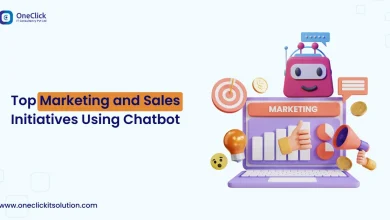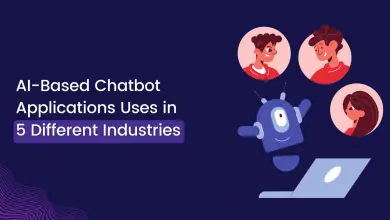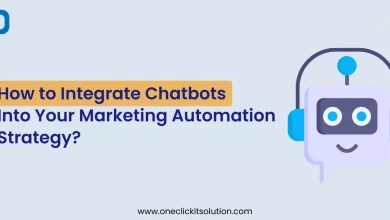How To Integrate an AI Chatbot in a Website
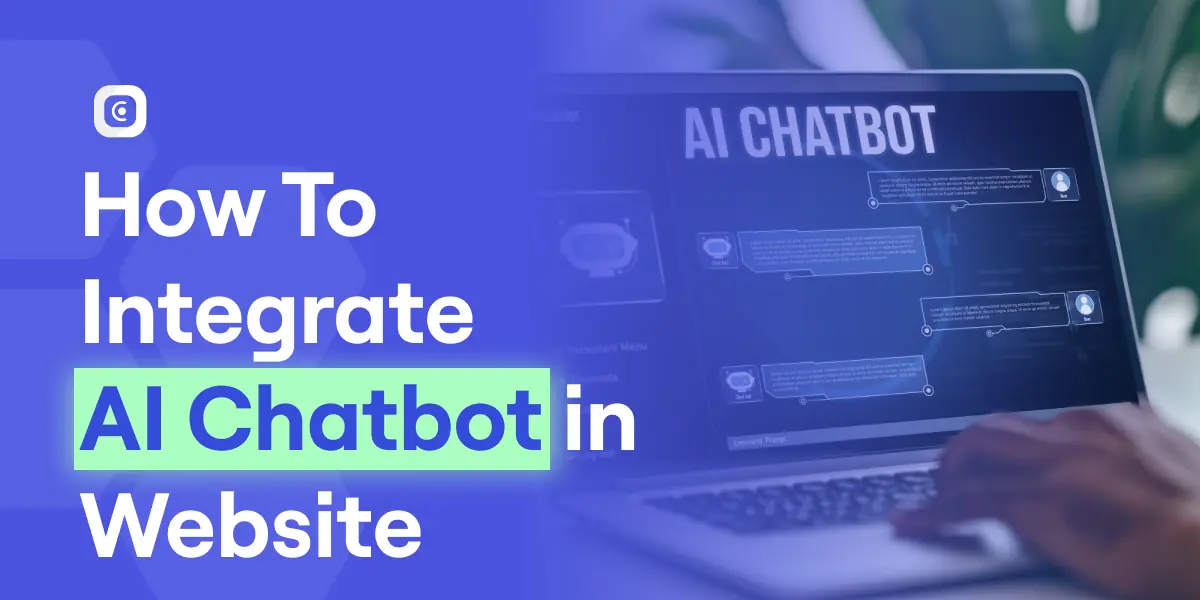
Did you know AI can transform the way customers interact with your website overnight? It may sound a little skeptical, but with chatbots powered by AI, you can literally take care of your users’ needs efficiently. But the question remains for many, how to integrate an AI chatbot into a website? If you’re wondering the same, then this guide is going to help you indefinitely.
AI chatbot integration is not just used to streamline customer support, but also enables businesses to drive better engagement. To many, this process also seems a bit complex, but this blog will take you through the right practices and tools that will help you create or customize the perfect AI chatbot in no time.
Why Add an AI Chatbot to Your Website?
The travel tech business is growing at an unprecedented rate, and it can be very difficult for support teams to manually address all customer queries. This is one of the most prominent reasons why travel websites need a chatbot that not only helps the customers with booking hurdles but also assists them with planning their trips efficiently.
AI chatbot integration further enriches the customers with a series of benefits such as:
- 24/7 Customer Support: AI chatbots provide round-the-clock assistance, so visitors get instant help anytime.
- Instant Responses: Automated replies eliminate long wait times, boosting customer satisfaction.
- Scalability and Efficiency: Chatbots handle many conversations simultaneously, freeing staff for complex tasks.
- Cost Savings: Automating FAQs and routine queries cuts operational costs and improves ROI.
- Personalized Interaction: Advanced chatbots use NLP to tailor recommendations and remember user context for a friendly experience.
In this way, your travel portal can gather more leads in less time and experience better results with maximized profits.
Choosing the Right AI Chatbot Platform
One important step before getting started with AI chatbot implementation is to consider all the available options and compare them with respect to your requirements. Take a peek at the table below to get a brief understanding of available AI chatbot integration options.
| Platform | Cost | Ease of Use | Customization | Platform Support |
| ChatGPT (OpenAI) | Free tier; Paid plans ($20+) | Extremely user-friendly | Limited without API, good with API | Web, mobile apps, API integration |
| Dialogflow (Google) | Free for basic; Paid for API | Intuitive for developers | High with advanced settings | Web, mobile, voice assistants (Google) |
| IBM Watson Assistant | Paid plans ($140+/month) | Moderate learning curve | Highly customizable for businesses | Web, mobile, APIs, enterprise solutions |
| Microsoft Bot Framework | Free; Azure usage billed separately | Moderate for non-tech users | High, tailored for the Azure ecosystem | Web, mobile, Teams, Skype, other Azure services |
| Tidio | Free tier; Paid plans ($19+) | Easy to use, non-technical UI | Moderate, limited for the free plan | Web, eCommerce (Shopify, WordPress, etc.) |
| ManyChat | Free for basic; Paid plans ($15+) | Very simple for non-tech users | Limited to pre-built templates | Facebook Messenger, Instagram, WhatsApp |
| Zendesk Answer Bot | Paid ($49+/month) | Seamless for Zendesk users | Moderate, integrates with Zendesk | Web, email, mobile apps |
How to Build and Integrate your AI Chatbot (Step-by-Step)
Once you’ve made the decision and finalized on an AI chatbot to integrate into your website, it’s time to get down to business. The steps below will provide you with proper guidance on chatbot integration with a travel website.
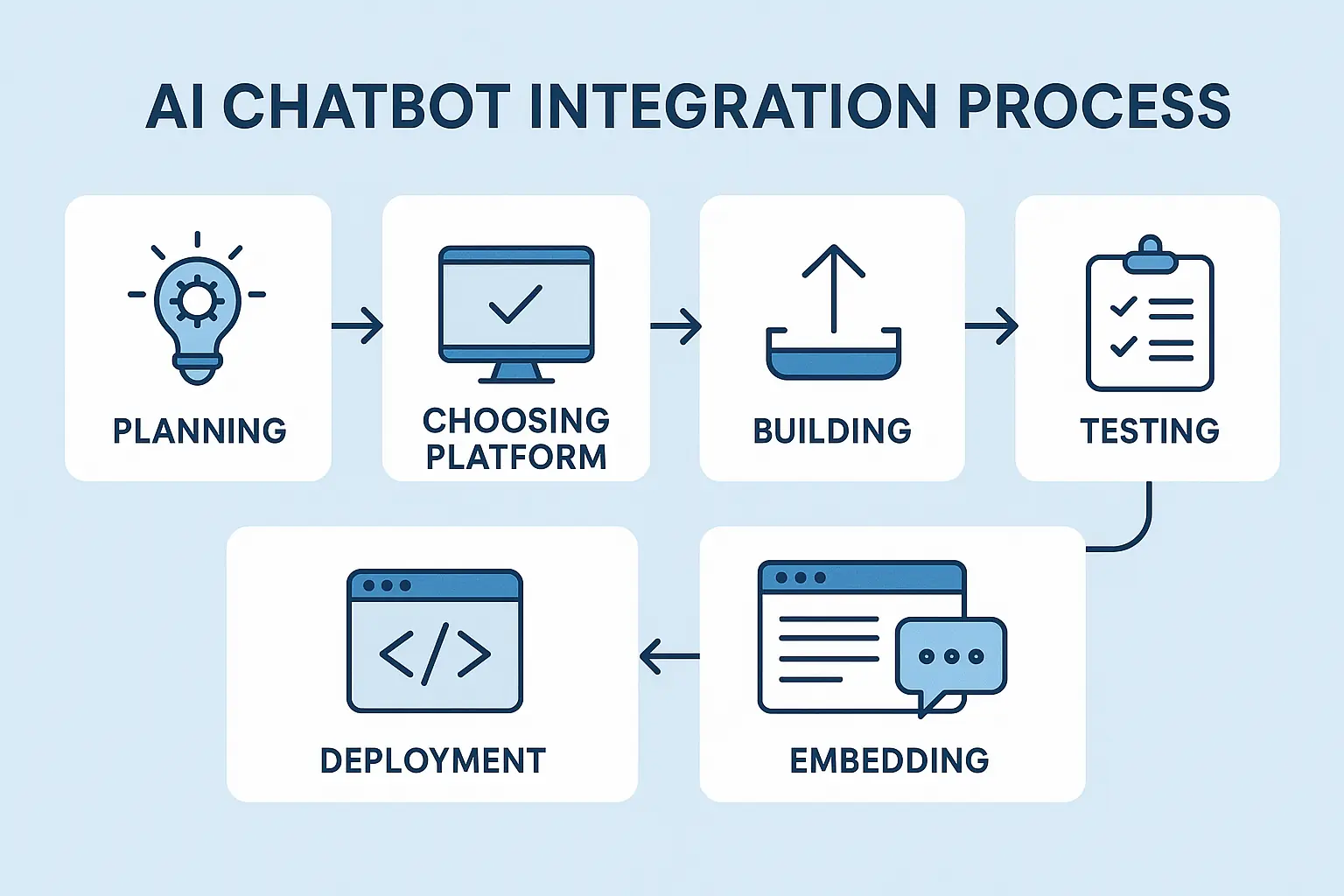
Step 1: Define Goals and Use Cases
The first step in this process is making sure that your goals and use cases align with the chatbot’s capabilities. For example, the AI chatbot should be able to reduce support workload, increase leads, and engagements. As per the requirements, KPIs must be set clearly as per the use cases, like sales help, FAQs, or booking, to scope the chatbot’s purpose.
Step 2: Choose the Right Chatbot Platform
Here’s where all your research will pay off. Opt for a platform that provides you with more control at a lower cost. Those with budget constraints can also go for white-label travel portal solutions. Look for features like strong NLP, multi-language support, CRM/e-commerce integration, analytics dashboard, and data security/compliance.
Step 3: Design the Conversation Flow
Now the things will start to get a little tricky, as you must take care of a few elements that make the whole AI chatbot experience more wholesome for the customers.
- Plan welcome messages, question flows, and user options so the bot feels natural and on-brand.
- Define fallback responses and escalate to a human agent when the bot can’t answer. This ensures users always get help.
- Set the bot’s tone, greetings, and terminology to match your website’s style.
- Add quick-reply buttons, images/attachments, or forms where appropriate to guide users smoothly through tasks
- Pre-load the bot with common questions and answers so it can resolve frequent queries immediately.
In this way, you can ensure that every novice user will be able to get around using the chatbot with minimal hassle and can even access pre-defined information if necessary.
Step 4: Train and Test Your Chatbot
Moving ahead, it’s time to train and test the chatbot with content from your website manuals, product info, help docs, or previous chat logs. Remember, the quality of data will determine the smartness of the bot.
During initial testing, interact with the chatbot as a user to spot errors or dead ends. Test every conversation branch, check response accuracy, speed, and make fixes. If necessary, use built-in analytics or logs to find misunderstood queries, then add new training phrases or responses to refine the responses.
Step 5: Embed the Chatbot into Your Website
After the chatbot training is completed successfully, it’s time to embed the code into your website. Most platforms generate a JavaScript snippet or widget. Copy this code into your site’s HTML (e.g., in the footer) or via a tag manager. You can further adjust the chat widget’s design parameters like colors, avatar, and position to match your site’s look and feel.
Step 6: Launch, Monitor, and Optimize
And just like that, the AI chatbot integration in your travel website is completed. Roll out the chatbot to a segment of users first. While you’re at it, monitor its performance and gather feedback before full launch. Focus on measuring response accuracy, average reply time, fallback rate, and customer satisfaction (CSAT) to evaluate success.
Regularly update the chatbot with new information, with product updates or new FAQs, and retrain it so it stays current. Travel companies can also consider enabling new features like multilingual support or a voice interface to further enhance the user experience for international customers.

Where to Place the Chatbot on Your Website
One particular question that normally bothers many is, what is the ideal place for an AI chatbot on a website? Below are a few examples with proper justification.
- Homepage: Greet visitors immediately with a welcome bot that guides them through your site.
- Product Pages: Act as a virtual sales assistant – answer product questions and suggest related items.
- Support/FAQ Pages: Serve as a 24×7 help desk, offering troubleshooting tips or linking to resources.
- Contact Page: Provide quick answers or forms so users don’t have to call or email support
Best Practices for AI Chatbot Integration
Here are a few practices that every travel technology company should keep in mind before integrating an AI chatbot into their travel website.
Set Realistic Expectations
Normally, companies overcommit to their users, and when the time comes, they fall short. This puts a bad impression on the business. Hence, always begin with clear objectives and avoid over-promising on what the chatbot can do initially. You can always iterate the chatbot to improve it’s functionality.
Keep It User-Friendly
Just remember a simple definition, tech should be simple and accessible for users of all ages. The same should be the case for your website’s AI chatbot. Train the chatbot with simple and conversational prompts while guiding users with buttons or quick replies where possible.
Consistent Brand Voice
The AI chatbot on the website should deliver in a consistent tone that matches your brand and does not confuse visitors. This crucial practice will help users to come back and experience the same quality of services every time.
Data Security
For a travel development portal that might be collecting personal data, security encryption should be implemented carefully. Make sure your travel solution complies with industry regulations like CCPA, GDPR, HIPAA, etc, to build trust among existing customers and new ones.
Measure and Iterate
Use analytics dashboards to track usage. This will help you continuously refine the bot’s answers and add new knowledge from real interactions.
Test on Multiple Devices
To ensure that the chatbot works on desktop, mobile, and across browsers for all users. This will help you provide a consistent experience to all users regardless of the devices or browsers they use.

Common Challenges and How to Overcome Them
Just like any other technology, there are hurdles to overcome for travel tech as well. Let’s quickly look at some of the most common challenges associated with AI chatbot integration in travel websites.
Overlooking Ongoing Maintenance
Chatbot is not a one-time project, it requires regular updates, monitoring, and new data to improve in performance and quality. If not provided, it will become outdated and inaccurate.
Backend Integration Hurdles
If the chatbot can’t access the right data, like inventory, user accounts, etc., it may give wrong or slow answers. To prevent this from happening plan APIs and data flows carefully.
Unrealistic Goals
Be real with what an AI chatbot can achieve. Avoid assuming an AI chatbot can handle anything out of the box. This will not only lead you to disappointment but also severely affect the customer satisfaction rate.
Poor Training Data
Spend time on data preparation, as feeding the bot incomplete or low-quality information results in unreliable responses. What good is your chatbot if it can’t deliver accurate and real-time information?
User Trust/Privacy
Ensure the chatbot clearly communicates how data is used and adheres to privacy laws, as users may sometimes share sensitive information without awareness. Your chatbot should be able to handle such situations carefully.

Future-Proof Your Website with AI Chatbots
By integrating an AI chatbot, you enhance your website with 24/7 engagement and personalized support. Following the steps above, from defining goals to continuous optimization, ensures a smooth implementation. Embrace AI chatbots now to boost customer satisfaction and keep your website competitive in the coming years.
FAQs
Not necessarily, as there are many chatbot options available that can be integrated into a website with low-code/no-code widgets or plugins. If you’re integrating a chatbot for basic stuff, a ready-made solution will suffice.
Most chatbot platforms include analytics dashboards for tracking KPIs like bot resolves vs. needing human handoff, user satisfaction scores (CSAT), average response time, and conversion lift.
Your chatbot should comply with industry regulations like CCPA, GDPR, PCI-DSS, HIPAA, etc, to ensure that customer and company data will remain protected at all times.
Yes, it’s possible. However, it’s better to check this quality in advance, as there are chatbots designed for such specific purposes. A few examples are provided in the blog.
As often as possible, since the regular monitoring will help you analyze the ongoing conversations, chatbot’s responses, and user satisfaction rate.


